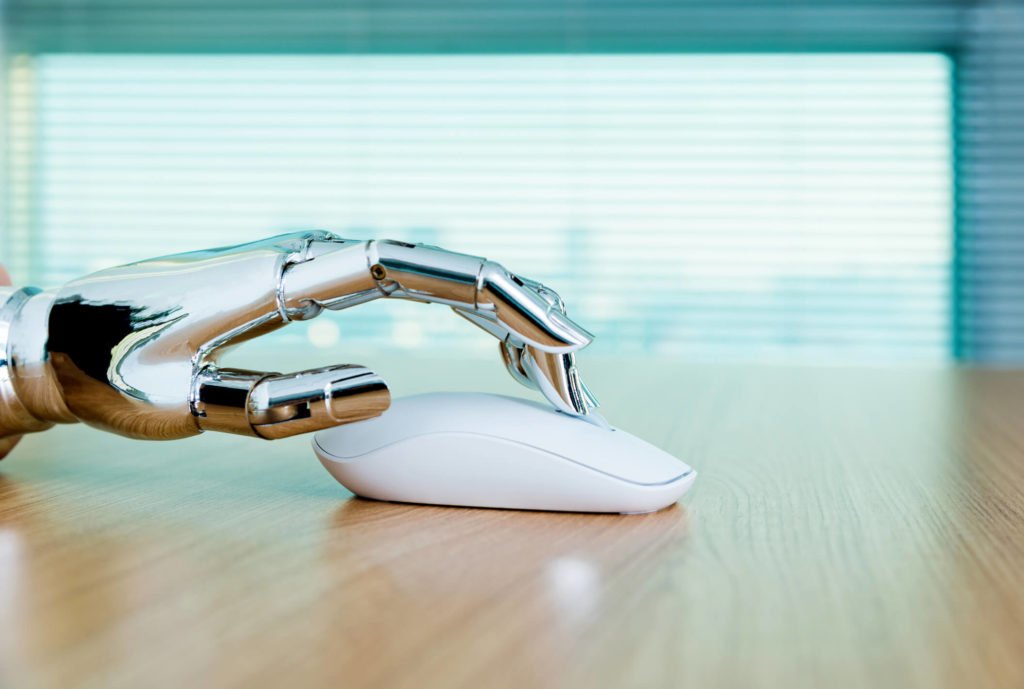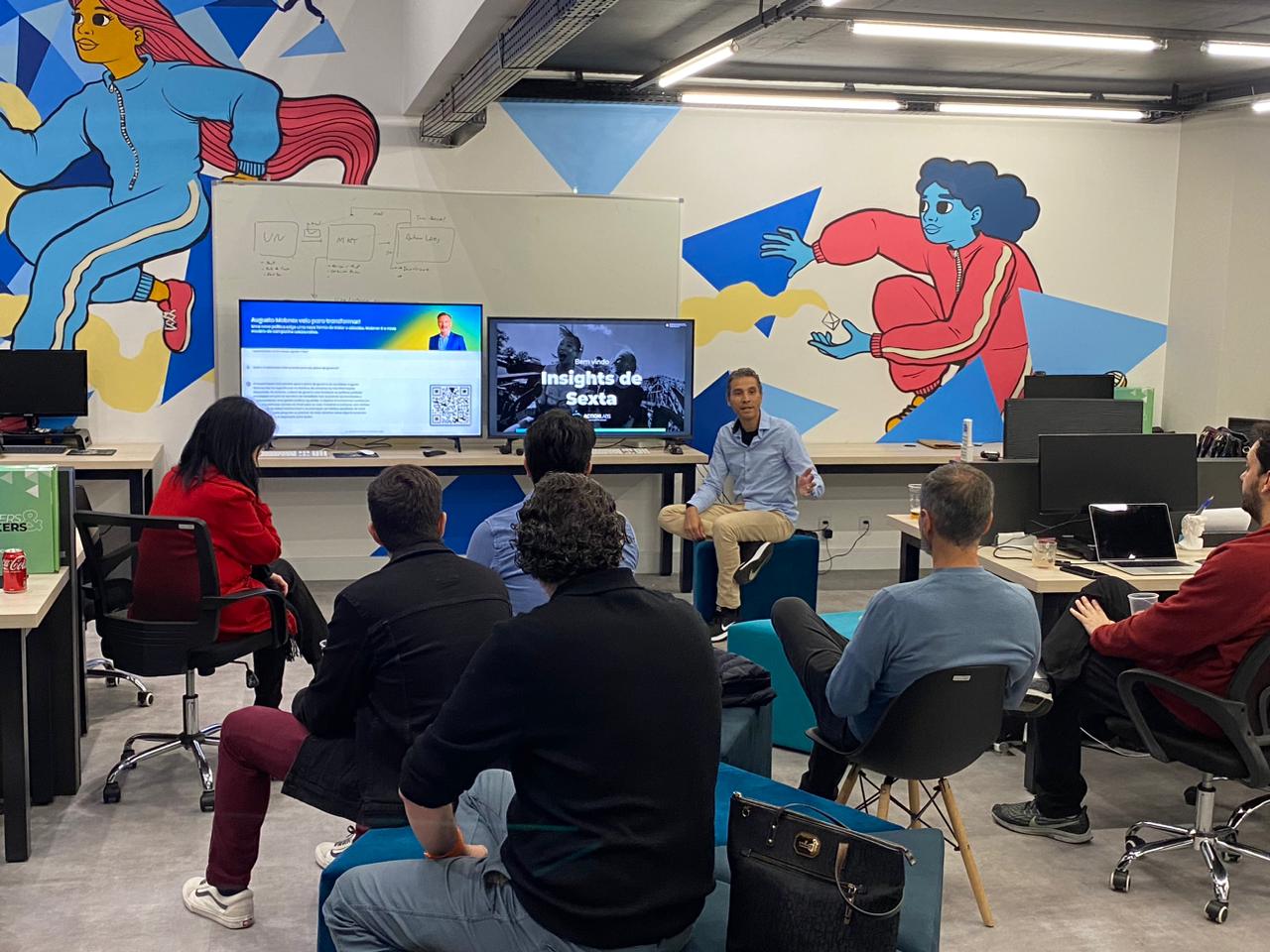We have finally started seeing Artificial Intelligence in companies, both in products and services, as well as in several internal processes.
This movement is already an important engine in global economy. According to IDC Consulting, technologies that simulate and even overcome human capacities will generate 52 billion dollars until 2021.
You need to think about how Artificial Intelligence is being integrated to current businesses and also know how it can be used to discover the needs of your customers. Read more bellow!
The growth of Artificial Intelligence in companies nowadays
An American study points out that in the whole world the use of Artificial Intelligence in companies is more frequent in IT positions. At the same time, there is also a hustle to expand the use of these tools in other business areas. From 2020 on, the impacts of this technology will focus more intensely on marketing, customer service, finances and HR. Around 70% of the interviewed executives believe so.
According to the researchers, the insurance industry stands out among the 13 market verticals that were analyzed. During the studied period, it moved 24 million dollars in Artificial Intelligence systems: the general average is of 70 million per segment.
Another interesting point of this research: the segments that use Artificial Intelligence the most are those focused on the consumer. With the goal of boosting their IT infrastructures, tourism, hospitality and telecommunication organizations are the ones that follow, as far as investment on AI is concerned.
How is Artificial Intelligence integrated to companies?
In order for us to understand about the integration of Artificial Intelligence in companies, let’s point out two of its most significant approaches. Read bellow.
Machine Learning
Machine Learning is one of the most influential branches of Artificial Intelligence at the moment. It is used in agile projects, for example, from the simplest to the most complex ones. In general lines, these are the most popular models of algorithms in this approach, some used for getting to know customers better and even predict their behaviors. They do it by means of:
- identification of correlation — identification of a correlation between two variables in order to predict things (app users’ behaviors, for example);
- decision trees — observations of certain actions in order to identify an ideal path towards a desired result;
- clustering — a specified number of data points is gathered in a specific number based on similar characteristics;
- neural networks — great amounts of training data to identify correlations between several variables in order to learn how to process received data in the future;
- reinforcement learning — involves models repeating several trials for concluding a process; the steps that produce favorable results generate rewards and those that don’t, end up in penalties, until the algorithm learns what the ideal process is.
Deep Learning
Another important branch is Deep Learning. In this approach, artificial neural networks – algorithms inspired in the human brain – learn from great amounts of diversified data, unstructured or interconnected. As far as knowing and relating better to customers, see bellow some examples of how deep learning can be applied:
- virtual assistants — Alexa, Siri or Cortana, for example, use deep learning to understand people’s discourse and language and then be able to help them;
- translations — automatic translations (this is very powerful for travelers, but also for businesses that are present in different countries and cultures);
- chatbots and service bots — they provide the customer with service, being able to answer them intelligently and in a useful manner, with an increasing quantity of audible and text questions;
- facial recognition — for safety purposes, but also with the intent of providing faster payments in stores;
- medicine and pharmaceutics — from diagnoses of diseases and tumors to personalized medications specifically created to an individual’s genome;
- personalized purchases and entertainment — have you ever wondered how Netflix suggests you what to watch? Yes, it is a deep learning algorithm.
In short, artificial intelligence has been more and more used in organizations nowadays because its advantages are great. When the subject is knowing your customers needs better, these types of technologies are unbeatable because they significantly improve corporate competitiveness.
Have we helped you see Artificial Intelligence in you company? Now check out how to use Machine Learning in agile projects!




